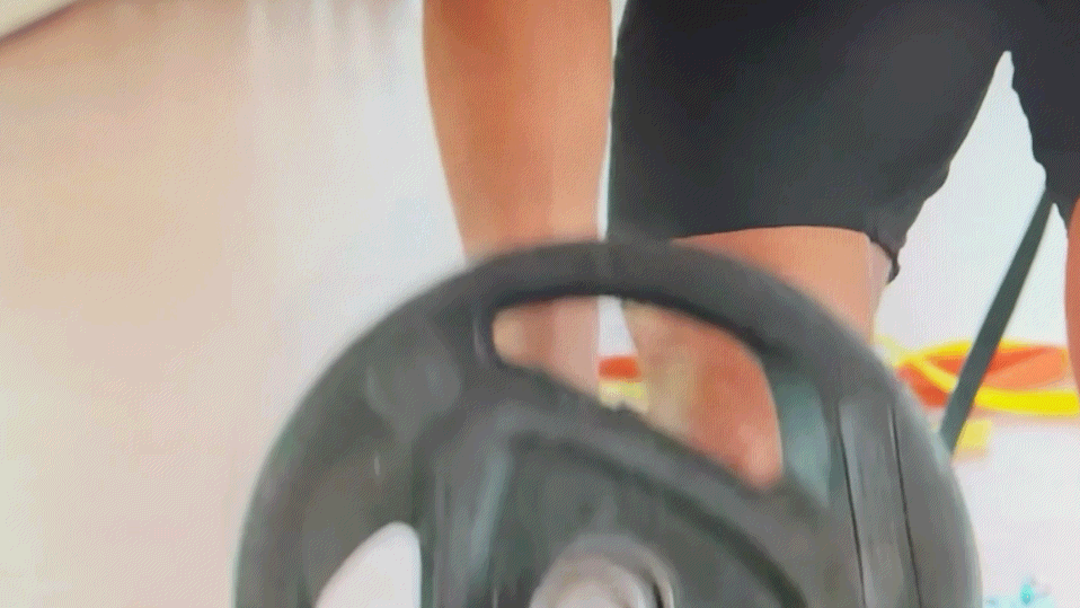Last Tuesday’s training-centric post featured the last actual exercise to appear in the Netflix docuseries “Break Point.” However, one of the final scenes on the show revealed two additional training mechanisms that tennis players might want to consider. Aryna Sabalenka is shown smashing a racquet in the training room after losing to Coco Gauff in the US Open Finals. As she does this, two “speed ladders” are visible painted on the gym floor behind her.
When I spotted those markings on the US Open ready room floor, I knew I would be writing about that training mechanism. To pull back the curtain for a behind-the-scenes glimpse into the process, I assumed that I had already written about speed ladders before and thus could heavily leverage that previous content from this site. It was stunning to discover I had yet to write about this essential agility training device.
Footwork is the foundation of good tennis. The ability to move quickly and efficiently can be the difference between winning and losing a point. Consequently, agility training that targets speed, balance, and coordination should be a priority for any serious tennis competitor. Incorporating drills that enhance rapid foot movements helps refine the quick adjustments needed during tennis matches. That allows players to position themselves effectively and reach challenging shots.
A speed ladder is a simple yet powerful training tool consisting of a series of flat, evenly-spaced “rungs” laid out on the ground. It’s effective for any sport where athletes need exceptional foot speed, agility, coordination, and balance. Speed ladders are used to perform a variety of quick, targeted movements through a grid-like pattern. For tennis specifically, speed ladders enhance balance and agility by requiring the athlete to perform the quick footwork patterns used during intense points.
The simplest way to create a speed ladder is to use paint or tape on the floor, as seen in the US Open training room. This approach is ideal for a permanent, low-maintenance setup. It allows athletes to quickly transition between different footwork drills without needing to set up or reposition equipment. It also provides a smooth surface that reduces the risk of tripping.
A speed ladder made of slats and nylon straps is often used as a more portable option. This form factor is lightweight, easy to transport, and can be set up on various surfaces, including directly on the court, adjacent walkways, gym floors, or home gyms. It provides a clear boundary for each step, supporting drills that require precise foot placement. The portable ladder is versatile and adaptable for training sessions regardless of where you are.

SKLZ Speed Ladder (<- Sponsored Link)
Now is the perfect time to start if you aren’t already using a speed ladder to enhance your agility training. It builds a foundation of great footwork and sharpens the quick movements every tennis player needs to succeed. In a sport where milliseconds count, even small gains in agility can make a big difference. It’s time to start stepping up your footwork—one rung at a time.
Fiend At Court participates in the Amazon associates program and receives a paid commission on any purchases made via the links in this article. Details on the disposition of proceeds are available on the “About Fiend at Court” page.



